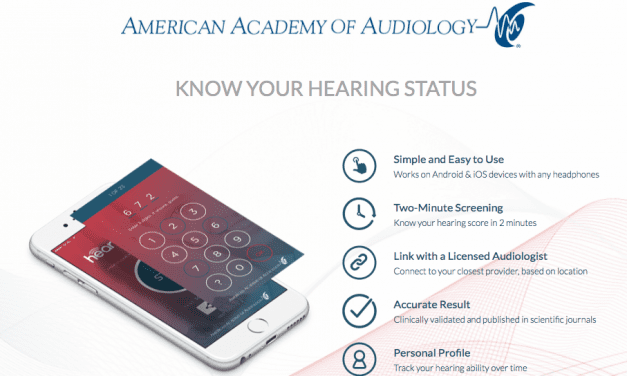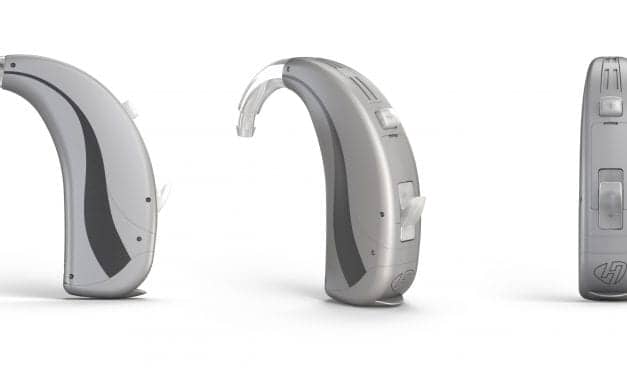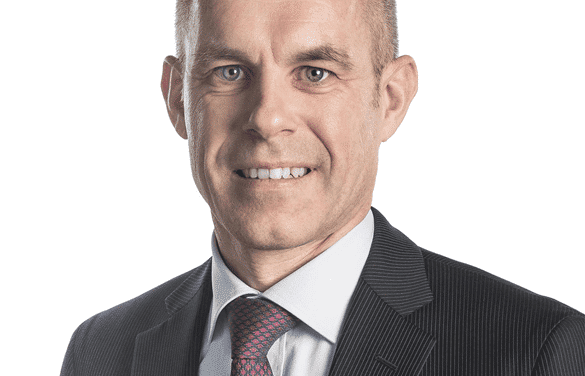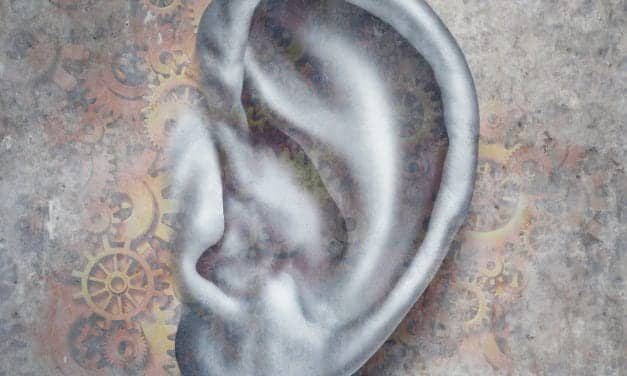‘Insights from the Outside’ for ‘Doctorpreneurs’ Offered by CareCredit
To facilitate the sharing of insights, ideas, and best practices, CareCredit has created ‘Insights from the Outside’, a panel of “doctorpreneurs” from across many healthcare specialties, including audiology, dentistry, veterinary medicine, ophthalmology, and optometry. CareCredit will also be leading a panel discussion at the 2018 ADA Convention in Orlando.
Read More














